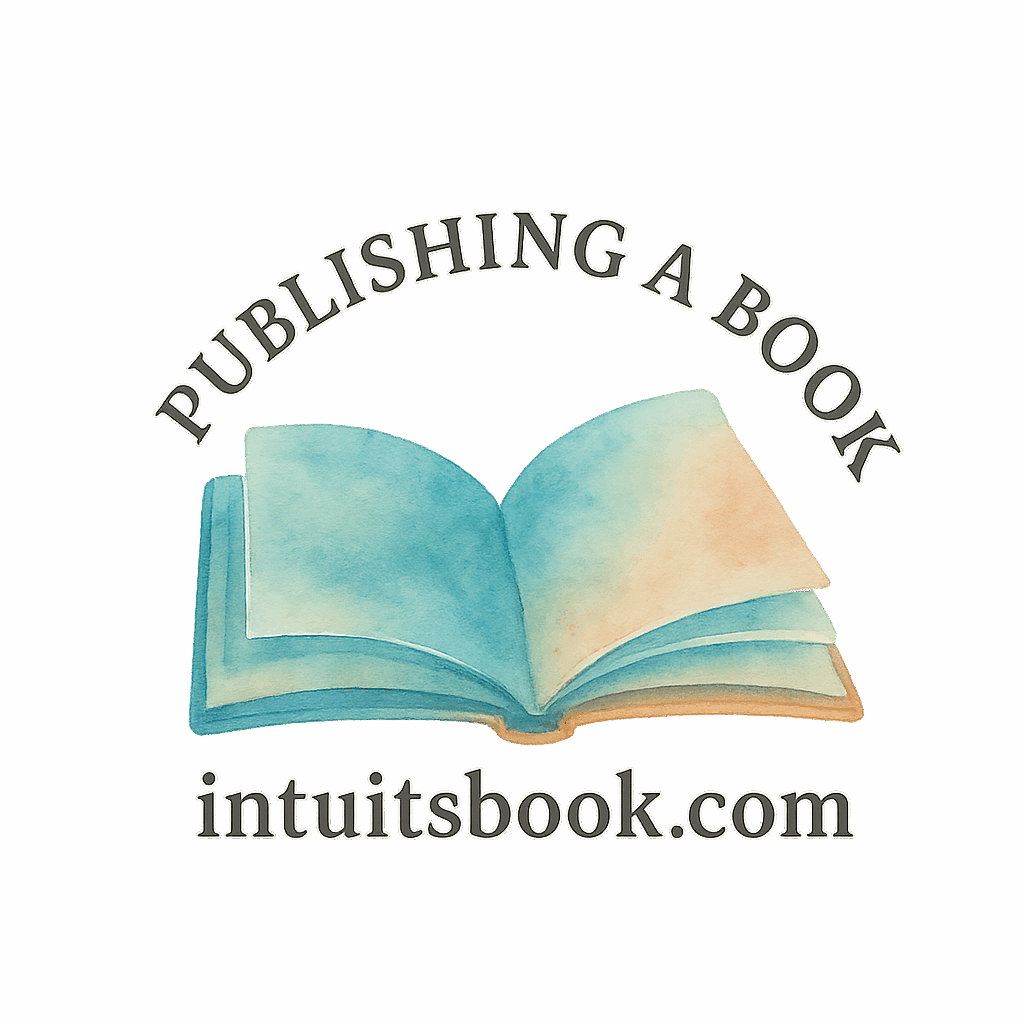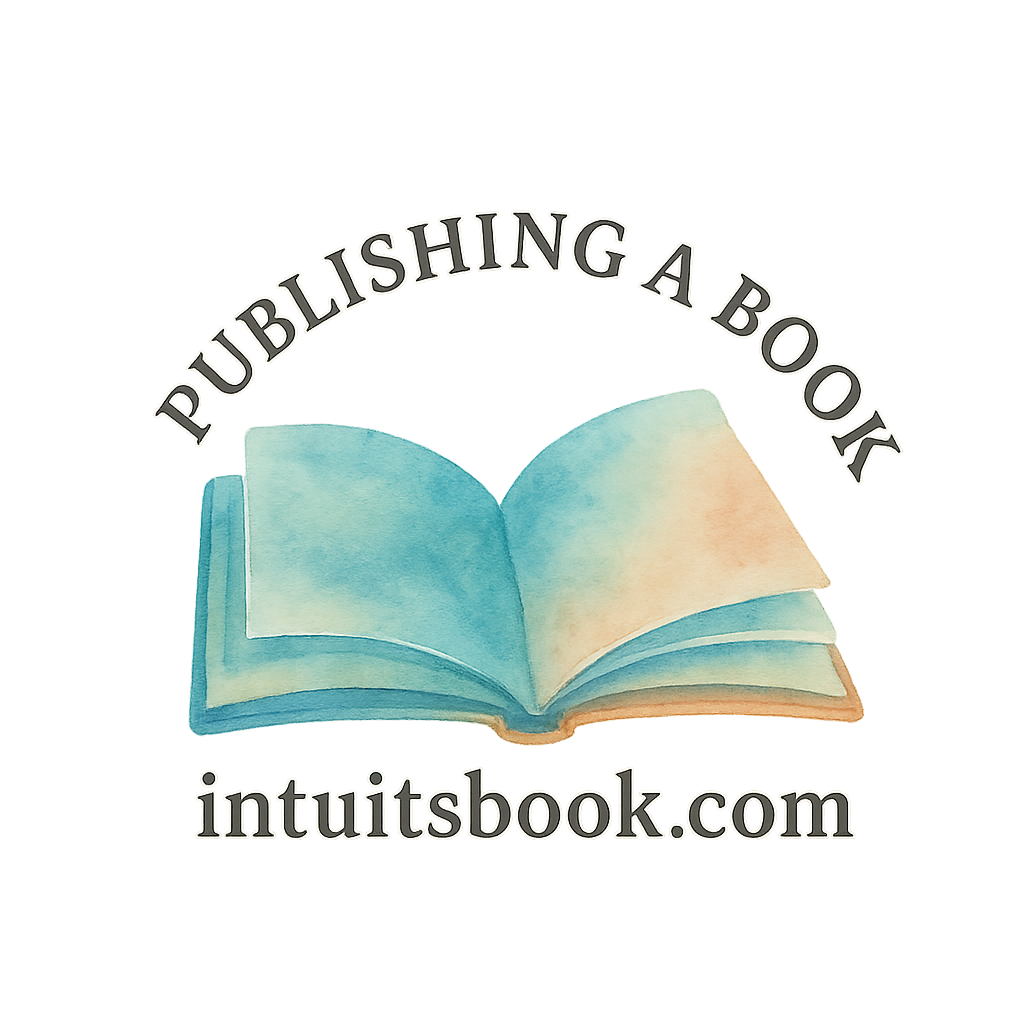Publishing a book is exciting—but polishing your manuscript before it hits the shelves is absolutely critical. No matter how brilliant your story or message is, sloppy editing can ruin the reader’s experience and credibility. Whether you’re going the self-publishing route or opting for traditional publishing, these editing tips will help you elevate your manuscript from decent to dazzling.
Why Editing Is Crucial Before Publishing
Think of editing like seasoning a dish—it’s the finishing touch that brings out the best flavors. Without it, even the most well-written book might feel unrefined. Good editing improves clarity, coherence, flow, and overall readability. It also enhances your credibility as a writer—essential whether you’re a new author or an experienced one.
The Editing Process: Where to Start
Before diving into these tips, you need to understand what stage you’re at in your writing journey.
First Draft vs Final Draft
Your first draft is about getting the ideas out. The editing phase transforms it into something publishable. It’s where the real work begins—refining your book idea into a clean, compelling manuscript.
The Role of Self-Editing
While hiring professionals is key, self-editing ensures your draft is in the best shape possible before handing it off. It’s your chance to make your voice shine and eliminate obvious issues.
Editing Tip #1: Take a Break Before Revising
It might sound counterintuitive, but stepping away from your manuscript for a few days—or even weeks—can give you a fresh perspective. When you return, you’ll spot issues you were blind to before.
Editing Tip #2: Read Your Manuscript Aloud
This simple trick helps you catch awkward phrasing, unnatural dialogue, and repetitive words. When you read aloud, your brain processes the words differently—more like a reader than a writer.
Editing Tip #3: Watch Out for Repetitions
Identifying Word Overuse
Are your characters constantly “nodding” or “smiling sadly”? Repetitive words or phrases can irritate readers and make your prose feel lazy. Use the “Find” function to track overused words.
Sentence Structure and Redundancy
Vary sentence length and structure. Avoid restating the same idea in different ways—trust your reader to keep up.

Editing Tip #4: Trim the Fluff
Every word should serve a purpose. Cut out unnecessary adjectives, adverbs, and filler phrases. If a sentence doesn’t move the story forward or enhance understanding, delete it.
Editing Tip #5: Focus on Show, Don’t Tell
Instead of writing “She was angry,” show it: “Her hands trembled as she slammed the door.” This approach makes your writing more immersive and emotionally engaging.
Explore more techniques like this in our writing process guide and our curated writing tips.
Editing Tip #6: Strengthen Dialogue
Dialogue should reveal character, advance the plot, or create tension. Avoid overly formal or robotic speech unless it fits a specific character. Cut out unnecessary greetings and small talk.
Editing Tip #7: Eliminate Passive Voice
Active voice is more dynamic and easier to read. Compare “The door was opened by John” with “John opened the door.” See the difference? Use passive voice sparingly, if at all.
Editing Tip #8: Verify Consistency in Details
Inconsistent names, ages, or timelines can confuse readers and damage your credibility. Keep a character sheet or use tools like Scrivener to stay organized. It’s part of mastering the manuscript steps.
Editing Tip #9: Review Pacing and Flow
Too much exposition or internal monologue can drag a story. Make sure each chapter ends with enough tension or curiosity to keep readers turning pages. This is essential for both fiction and non-fiction authors.
Editing Tip #10: Hire a Professional Editor
Types of Editing: Developmental, Line, Copyediting
- Developmental editing looks at structure and big-picture issues.
- Line editing focuses on sentence flow and style.
- Copyediting corrects grammar, punctuation, and consistency.
Depending on your budget and goals, you might need all three. Explore options in our publishing courses or check tools in author tools.
Where to Find Reliable Editors
Referrals, industry forums, or platforms like Reedsy or Upwork can connect you with pros. Always ask for a sample edit before committing.
Editing Tip #11: Get Beta Reader Feedback
Beta readers offer that crucial reader’s perspective. Choose people from your target audience—not just friends. Their feedback can highlight plot holes, pacing issues, or character inconsistencies you missed.
Find more insights from fellow independent authors who’ve successfully used beta readers in our author career section.
Editing Tip #12: Use Editing Tools Wisely
Recommended Tools for Authors
- Grammarly: Great for catching basic grammar mistakes.
- ProWritingAid: Offers style and clarity suggestions.
- Hemingway Editor: Highlights complex or hard-to-read sentences.
Use these tools to complement, not replace, human editing. Also, don’t forget to check our favorite publishing hacks for more smart shortcuts.
Final Editing Checklist Before You Hit “Publish”
✅ Does your manuscript flow smoothly from beginning to end?
✅ Are your characters (or main arguments) consistent and well-developed?
✅ Have you removed filler words and passive voice?
✅ Did you run it past beta readers and at least one professional editor?
✅ Did you cross-check all internal and external details for accuracy?
If you can check all these boxes, congrats—you’re ready for the next step! Head over to our book marketing guide to prepare for launch and explore effective free marketing strategies.
Conclusion
Polishing your book before publishing isn’t just about catching typos—it’s about honoring your craft and giving your readers the best experience possible. From simple self-editing tips to hiring pros, every step you take brings you closer to publishing success. Remember, a well-edited book doesn’t just stand out—it sells better and builds trust with your audience.
Want more support on your publishing journey? Dive deeper into our insights on learn to publish and get inspired by fellow writers navigating their way to the bookshelf.
FAQs
1. What’s the difference between self-editing and professional editing?
Self-editing is your own revision of the manuscript. Professional editing involves hiring experts to refine the content based on industry standards.
2. How long should I wait before editing my draft?
Ideally, take a break of at least one to two weeks. It helps you return with fresh eyes.
3. Do I need all types of professional editing?
Not necessarily. It depends on your manuscript’s condition and your budget. At minimum, aim for at least a copyedit.
4. Are free editing tools enough?
They’re helpful but not comprehensive. Always pair them with human feedback for the best results.
5. Can beta readers replace a professional editor?
Nope. Beta readers offer subjective feedback, while editors provide technical and structural expertise.
6. What are common editing mistakes new authors make?
Skipping the editing phase, overusing adverbs, relying too much on passive voice, and ignoring feedback.
7. Where can I learn more about editing and publishing?
Check out our resources on editing tips, publishing tips, and more at IntuitsBook.


